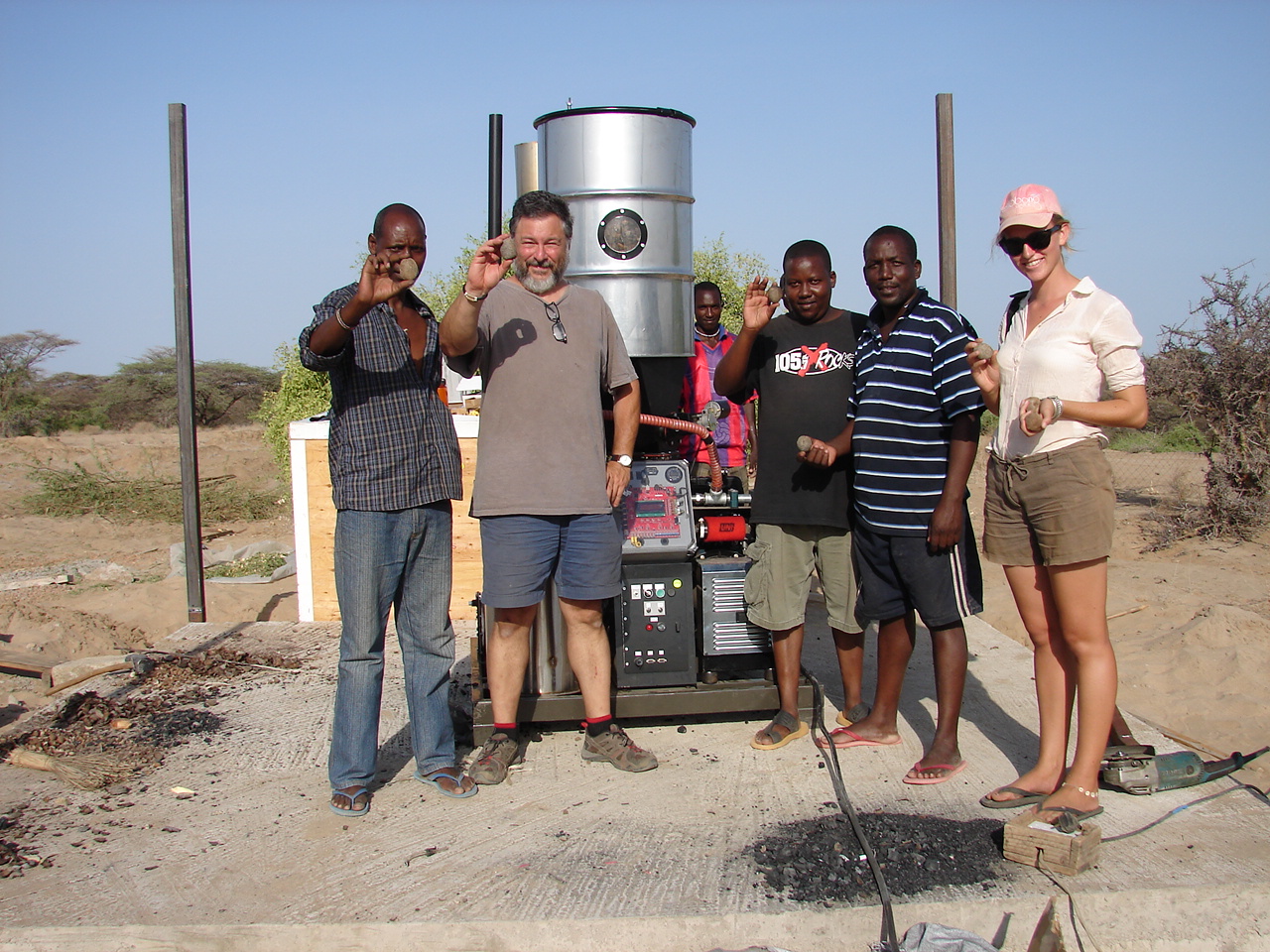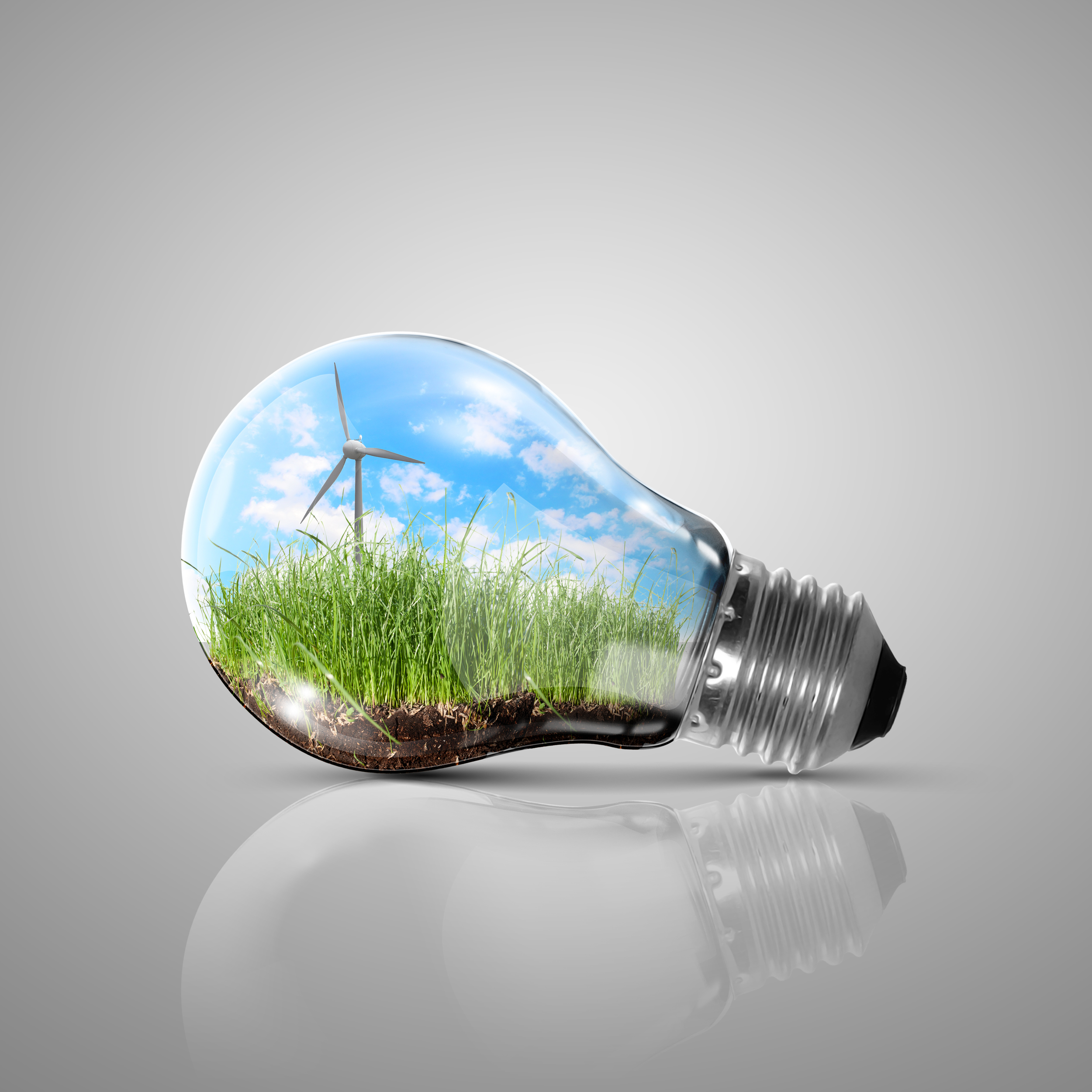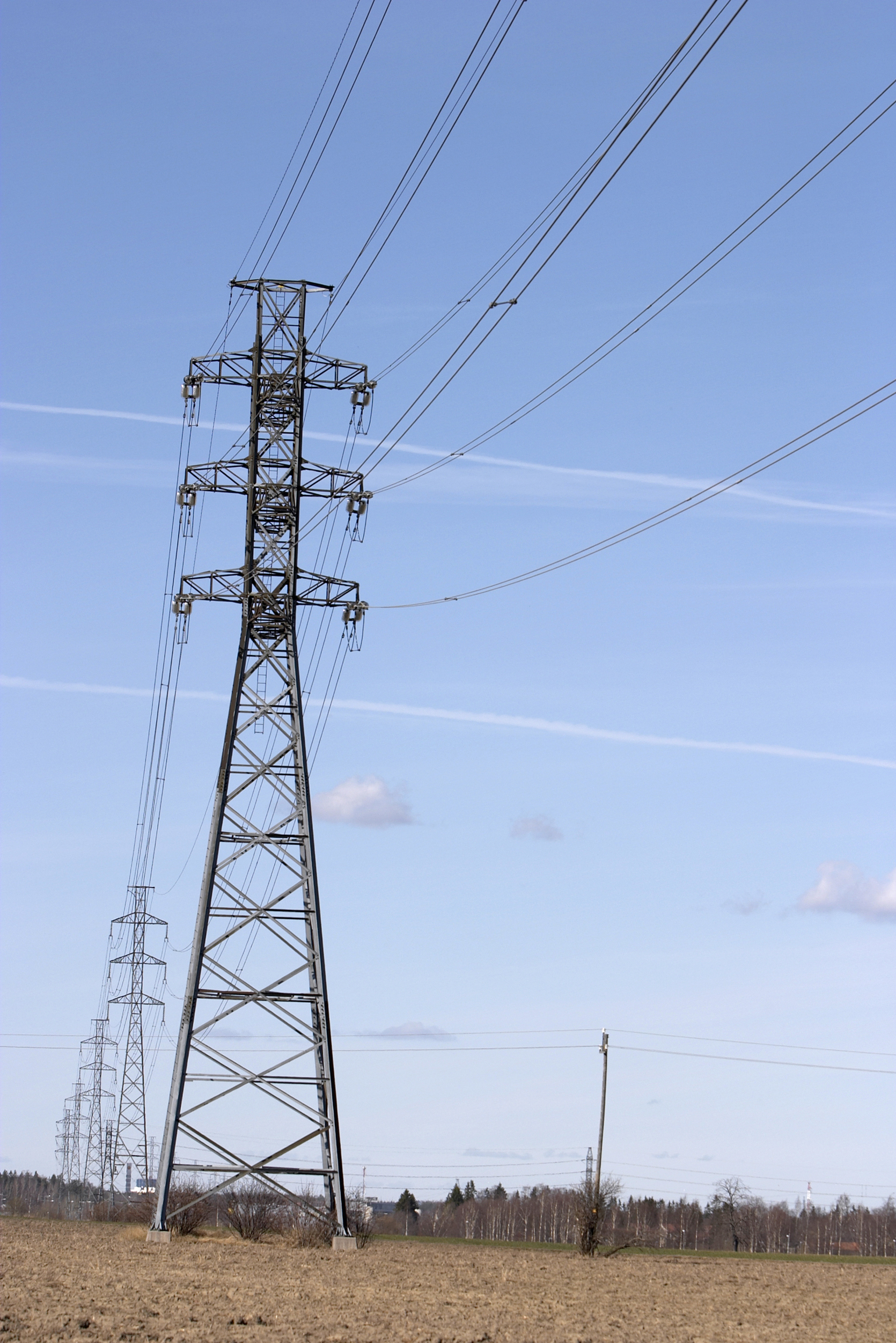The story of the creating and sustaining of Operation Respect, an educational nonprofit known for its successful anti-bullying training in schools, began 14 years ago when I first heard the song, “Don’t Laugh at Me.” How we have evolved from that moment up till now to become a viable, thriving, nonprofit is a remarkable tale of determination and conviction that built its success despite many daunting challenges.
When I first heard “Don’t Laugh at Me,” I recognized right away that it was an anthem as powerful and meaningful in its own way as “Blowin’ in the Wind” and “If I Had A Hammer,” two of Peter, Paul & Mary’s most important and moving songs. In this case, however, the focus of the song was not civil rights, but related to the need for children to grow up in a safe and caring environment, free of bullying, ridicule and disrespect. This need, I believe, is fundamental and centrally important to our society, our country and to the world.
In a welcoming environment, children and youth grow to be good citizens and whole human beings, who become both humane in their perspective on the world and successful in their professional endeavors. Conversely, if children do not grow up in an environment where they feel safe, they are liable to be prevented from growing up whole, balanced and healthy, and it can be hard to rescue them from the trauma of their tender years. Today, many children are afraid to go to school because of bullying and ridicule. It becomes difficult, if not impossible, for them to focus on their academic work, and the scars of peer cruelty can last their entire lives. All of us—adults and children—cannot think in a balanced or rationale way when we are living in fear. We cannot learn. We cannot grow. We need all our energy and wits simply to survive.
My belief is that it is a child’s right—not unlike his or her right to have food to eat—to grow up in a nurturing climate. The absence of a caring environment for children has precipitated the kinds of violence that we now see reaching such a proportion that it can be labeled as an epidemic. Every day we read of deaths where children and youth have attacked one another, and more frequently than was once imaginable, there are tragic, fatal outcomes. We read of children committing suicide because of the brutality they face from their peers—the teasing, bullying and humiliation that they experience occurs, for some, on a daily basis, and life becomes too painful to bear. Every day, we realize how dreadfully unprepared teachers are, as well as parents, to respond effectively and intelligently to this challenge, unthinkable in generations past.
When we began Operation Respect, we build a nonprofit organization focused on addressing this relatively new and painful challenge to our youth. At the time, all I had was a song in my heart and a strong belief that given my history of grassroots organizing, I might find a way to create environments for children that were supportive, loving, kind and not destructive to their growth.
Initially the “Don’t Laugh At Me” song was brought to my attention by my daughter Bethany—also a singer. She heard it played around the campfires at the Kerrville Folk Festival in Kerrville, Texas, where we were performing together. “Dad,” she said, “You have got to bring this to Peter, Paul & Mary. It is perfect for the trio. Everyone is in tears when they hear it.”
That night I went to the Threadgill Theatre with her to hear Steve Seskin sing the song, and, as predicted, I sat there with tears running down my cheeks, holding my daughter’s hand, knowing that something in my life had changed. I intuited that I had found what was to become the last “big” effort in my life to initiate and nurture what is, to me, more than a project—it’s a movement. It was very clear to me that if there was injustice in the world, it all stemmed from the inability of people to respect one another, and to act on that respect by walking in each other’s shoes and trying to resolve conflict peacefully rather than through power, domination and violence. Respect, I feel, determines whether or not we, as adults, create fair and just ways of living together and ultimately, whether nations resolve conflict through peaceful means, rather than going to war.
Additionally, on a personal level, I realized that children, at a very early age, need to learn skills that allow them to recognize their own value as individuals, not measure their value in terms of the money they have, or the things they own. They must learn to respect themselves and others in terms of their own qualities such as caring and being responsible, being committed to helping others and being friendly—all characteristics that children should strive to attain in our time. Alas, that is not the case, not just in our nation, but worldwide. The values of societies, everywhere, have shifted to emphasizing the acquisition of material things power, and fame; fame simply for being famous, as with Paris Hilton who is famous not for making a contribution to society or creating something remarkable, but simply for being “famous.” This skewing of our value system has negatively affected the development of the next generation in severe and frightening ways.
The song “Don’t Laugh at Me” goes to the heart of my vision for society. This song serves to motivate me and those with whom I am working as we strive to create environments for children and youth that are nurturing and healthy. Our efforts, we believe, can also help heal a society that has, in many ways, lost its capacity to feel and express empathy, rather than being inclusive, caring and generous.
I share this because it is important to convey that in order for an effort of this sort to survive the many difficulties that are involved in creating a nonprofit that works and accomplishes such an ambitious purpose, there has to be a deep sense of urgency among those working toward their goal. Whether I am exaggerating the importance of this premise or not, I genuinely feel that for us to interrupt the cycle of mean-spiritedness, greed and cruelty that we see around us, we need to educate our children in their schools and in their homes whenever possible so that they break this cycle—so that they do not repeat our mistakes and failures. “We can do better” is a phrase that we often hear, but in this case, doing better means the survival of the things that I believe most of us hold most dear.
Building the organization
Considering all of that, the survival process of Operation Respect has been challenging, yet satisfying. It is a fascinating story and one that describes the rigors of creation, growth and the sustaining of a dream—a vision for a better tomorrow.
We started with a song, and soon after, Peter, Paul & Mary sang it, just as Bethany predicted. By coincidence, shortly after we had put “Don’t Laugh At Me” into our repertoire, the trio was invited to perform at a convention for the National Association of Elementary School Principals (NAESP). Six thousand school principals were in attendance, and when we sang this song, they rose to their feet and would not stop applauding for what seemed like forever. After the concert, literally dozens of elementary school principals came over to me and said, “We must have that our song in our schools.” I was ready with my reply. “We’re doing that, and more. Soon the song and a curriculum to go with it will be in your schools.”
In fact, I had already met with Educators for Social Responsibility (ESR), a highly regarded educational organization that had created a powerful program that creates respect, understanding and acceptance in classrooms and schools. The educational perspective of ESR, now called “Whole Child Education,” means that educators are to view their educational charge, their task, as the nurturing and development of children, not just in terms of their academic growth and achievement, but in terms of the evolution of their social and emotional intelligence, and their creativity as well. For children to become “whole human beings,” educators (and parents) need to value and nurture their growth on all these levels. We now know that you cannot expect a child to grow in a healthy way unless intellectual, social and emotional growth are valued as equally important. Essentially, parents, teachers, everyone has to value humanity as much as skills in scientific advancement and technological advancement, and certainly as much as our wealth as a nation. We have to nurture the growth of children’s hearts, as well as the growth of our nation’s capacity to create a robust, competitive economy. If we function in such a way that we do not attend to the humanity of the next generation and we sacrifice qualities like caring and kindness to achieve great productivity and enviable commerce, we will, I believe, pursue a dangerous and destructive path. We won’t have a compassionate next generation, and ultimately we won’t have the commerce and economic success we seek, either.
Building the curriculum
After the acclaim by the NAESP, I felt even more energized about pursuing my objectives. I worked hard with Educators for Social Responsibility, particularly with Linda Lantieri and Laura Parker Roerden, to adapt and shape ESR’s Resolving Conflict Creatively Program (RCCP) to suit our needs. We found ways to integrate music into their curriculum—folk music that brings children together in friendship and trust. We called our new program DLAM, after the song “Don’t Laugh At Me.” Performing in my children’s classes, I had seen how singing together can inform children, not only about the history of their country and the world, but how it created an intense bond that allowed acceptance of each other and sparked an opening of the heart. As I have said many times, “After you have sung with others, you are far less likely to say, ‘I do not like you. I don’t want to be your friend. You are the wrong color. You are the wrong religion.’” You have sung together, played together—you are already friends.
We ended up with a curriculum that was unique. There were no other curricula for children that centrally included this kind of integration of social and emotional learning exercises with music. It took a year to complete the curriculum, print it, and then start finding out what experts in education thought of it. Fortunately, we found out that the response to it among educators was very strong, but then we encountered a daunting obstacle—we did not have the money to print the curricula and produce a video of “Don’t Laugh At Me” and a CD with our basic DLAM songs. That is often one of the big challenges that nonprofits encounter, and such chicken or egg dilemmas can sink an effort like ours.
At this point, we had organized a board of directors, and they felt that unless we charged teachers and schools for the DLAM program, we would not be able to finance our organization’s efforts. I, however, disagreed. I felt that if we charged for the curricula and the CD, we wouldn’t really be serving the people with a spirit that I felt was essential. I wanted to disassociate the use of the curriculum from the whole equation of money, and I also realized that schools were so in need of funds that charging for DLAM might make it impossible to bring our efforts forward fast enough to really create an impact—and a growing enthusiasm at the grassroots level of educators. Therefore, I insisted that we give the curriculum and CD away, free, even knowing that this decision could stop us in our tracks at this very early period of our development.
It’s all about the people
We were very fortunate to find friends, among them Gloria and Loren Smith, who were generous enough to fund the production of our first DLAM kits. John Lee, a gifted developer in the world of children’s toys and learning tools, also dedicated himself to raising the initial monies that we needed to create enough kits containing the curricula and the CD to start our dissemination, which it turned out would be to summer camps, through the American Camping Association. They gave generously and pulled in a lot of favors to get those first 3,000 kits with curricula, a VHS video and a CD produced at no cost to us. God bless them all.
Simultaneously, Dr. Charlotte K. Frank, who had previously been the director of curriculum and instruction at the New York City Board of Education, and was now the senior vice president of research and development at McGraw-Hill Education, made an important connection for us at the McGraw-Hill Companies. Although Charlotte and I had met in another context, we asked her if she would work together with me to achieve our very ambitious vision. She did so admirably, and much more, becoming my co-organizer of Operation Respect and later the chair of Operation Respect’s board of directors, which is a position she currently holds. Additionally, she was able to engage the McGraw-Hill Companies whereby they generously provided office space and telephones for us in their building at 2 Penn Plaza, but also agreed, as time went on, to donate the production of the DLAM materials, the curricula, the VHS and the CD, as well as our annual reports, on an ongoing basis. The sun had shone on us! We now had allies who helped us with the dissemination and implementation of the Don’t Laugh at Me Program, which was offered free of charge. God bless McGraw-Hill!
In the very beginning, the only staff that I had was my personal assistant, a young, aspiring filmmaker named Gigi Causey. She had been a production assistant on films, was highly organized, dedicated and was able to develop a timeline on such tasks as a design for our materials. Our renowned graphic artist and designer, Milton Glaser, offered his time gratis as another great favor to me.
As we grew, we needed to have a staff and, once again, we became extremely lucky. Through a friend of mine, NYU Professor Tony Kovner, we discovered Elizabeth Kolodny, a young woman who was extremely devoted to our cause. She had already co-founded a nonprofit of her own that served the needs of youth on probation. She was working at NYU’s Robert F. Wagner School of Public Service, and though Tony was very reluctant to let her go, realizing the importance of our work, he said to me very earnestly, “She is an angel. You must take care of her. We love her.” Elizabeth Kolodny became our program director, and also the heart and soul of our efforts because everything she did was done in the spirit of what we were trying to achieve. I learned through my association with her how essential it was for the work of Operation Respect to mirror our objectives and goals in terms of what we wanted to teach the children. Elizabeth did that and more. Every time she got on the phone to move us forward, she became an advocate for what we were trying to achieve, with the very people who were to become our new partners and allies.
Another person who has become a tried and true leader in our efforts was Mark Weiss, our education director, whose decades of experience as a high school principal and whose work creating new high schools that were judged to be extraordinarily successful with a school population of children who were thought to be incapable of learning, gave him, once again, the kind of heart and commitment that reflected my own, and that of Elizabeth Kolodny. Weiss, who is supremely gifted, not just in his ability to train teachers to implement the Don’t Laugh at Me Program, but also his ability to teach teachers the humanity of the exchanges that impart the wisdom of “Don’t Laugh at Me” to children, is as important as translating lessons into ideas and knowledge. The heart, as well as the intellect, have to be connected in the teaching of “Don’t Laugh at Me.”
There were others who also worked with us on a temporary or informal, but very sincere, basis. One of those was the remarkable Chic Dambach, who was and is a renowned leader in the world of the Peace Corps, and also remains a great leader of efforts by organizations, internationally, to foster peace and peace-building. There were the trials and tribulations of making mistakes, many my own, in terms of hiring people to work with us and finding out that there was not a full match and having to come to grips with the need to move on, but in the most humane and caring of ways, again by walking the walk ourselves. Everyone in our position as a fledgling start-up meets those kinds of challenges, but in our case it was sometimes heartbreaking to come to terms with trying and failing to create a relationship that could truly work on a sustained basis.
Another issue that faced us was a continuing series of debates about what the best way was for us to achieve our objectives. The common business model said that we should create a series of concrete objectives and hang onto them no matter what. This was the form of a business plan, and it did relate to the efforts of many, perhaps most, entities in the business world. However, for us, we had to realize that being a nonprofit with limited resources, there was another road we could take that would actually be more productive. We followed a route that was emulative of the social and political movements of which I had been a part. We functioned more like the civil rights movement, the peace movement, the women’s movement and environmental movement than we did a business. Many people thought that this model would fail, but in fact, the way that we premised our work was to rely on the quality of what we were doing to be the advertisement for and the marketing of our efforts. We felt that we needed to grow from the grassroots up and in order to achieve that we needed to build our organization through person-to-person, hands-on contact with the teachers and students and educational organizations we sought to serve.
It sounds a bit crazy now, but I committed myself to doing 500 appearances to an average of 1,000 educators, that brought the issue of the need for children to grow up in a caring, loving, nonhostile environment to the world of education. The educational organizations such as the NAESP, the American School Counselors Association (ASCA), the American Association of School Administrators (AASA), the National Council of Great City Schools (NCGCS), and many others were glad to have me come and make a presentation. To them, they knew they would get a bit of the Peter, Paul & Mary music, that I would surely sing “Puff the Magic Dragon” (and they were right), but I also sang our anthem, “Don’t Laugh at Me” with them, and inevitably, there were tears in their eyes, and great emotion in the hearts of the participants. Instead of my just moving them with this song, and reaching them with our message, I did something that I think is fundamental to our success.
Lessons learned
The most valuable lesson we learned was we had to give the people who were moved by our work something to do—a way to advance the vision that I had shared with them. That task had to be something that would allow them to achieve something concrete and confirm that in their own world and environment, they could move forward toward the large and ambitious goals that I had shared with them. The task I gave them, one that would “buy them into the effort,” was the opportunity to implement the Don’t Laugh at Me program—for free.
In the beginning we felt that simply handing out the program would be beneficial because any part of the program could be implemented by a teacher whose sense of his or her own task in terms of education resonated with the lessons and activities of the DLAM curricula. However, soon it became apparent that to really advance the program, and to spark an energy that would grow in a classroom and a school, and among teachers and administrators, we needed the program to be implemented in-depth. Only then could the real gifts and value of DLAM be reached.
Through the efforts of Linda Lantieri and Laura Parker Roerden, who wrote the teacher training curricula, and through the efforts of Mark Weiss, who created the on-the-ground methodologies for the instruction of teachers and new trainers-of-teachers, we began to broaden the base and the in-depth implementation of the program. To date, we have trained more than 40,000 teachers and disseminated more than 150,000 curricula. Each of these trainings becomes a source of energizing the future evolution of the effort, to create more classrooms and schools of respect. Each one of these implementations in one school or school district becomes its own advertisement, for other schools that seek to emulate the results of what has been achieved by others.
The stepping-stones to achieving the longevity of our efforts, if I were to exhaust you with words, could go on for many more pages. However, what I have tried to convey to you is how the Emersonian words, “Trust thyself. Every heart vibrates to that iron string,” had to be, for us, the mantra of our finding our way in frequently new, unexplored terrain. What I hope I have shared with you is that if your dedication is great, you need to find others who share that dedication, and make them your allies and dearest friends. If you want to be successful in an effort that emanates, not from the profit motive, but from your desire to make the world a more fair and just place, realize that the work starts with yourself. You will grow worthy of what you are teaching, but it will take some real introspection and evolution on your own part. Last, in functional terms, realize that you will achieve your objectives through inspiration and love, rather than through dominance and business acumen. Ultimately, in a world such as ours, if we want to make it a better place, we must come to terms with the fact that great world-altering efforts such as the civil rights movement became a reality not because of clever business models, but because of the inspiration and love that was shared, that grew and grew until it affected an entire nation, and ultimately, the world.
Whatever your dreams, I wish you luck with your endeavors and I hope that these somewhat rambling thoughts will give you one more tool to achieve your objectives. Though my thoughts and methodologies may stand in stark contrast with other stories of those who have created successful projects or organizations, I believe we can listen and learn from one another. Perhaps all of these stories have their own powerful and meaningful narratives. I suspect so. Let’s hope so, and in the meantime, bless you, and go well on your path. Bless you in your efforts to achieve your mission, whatever that mission might be.
Peter Yarrow has charmed, inspired, delighted and just plain entertained generations of audiences since Peter, Paul & Mary first sang their way into the national consciousness in the early 1960s. As a member of that renowned musical trio for 49 years, he has earned five Grammys and an Emmy nomination, recorded eight gold and five platinum albums, and six Top 10 hits. During the last decade, Peter has devoted himself primarily to the work of heading Operation Respect (OR), an educational nonprofit he founded. OR is dedicated to assuring children and youth a caring, safe and respectful climate of learning where students’ academic, social and emotional development can take place in a welcoming environment, conducive to learning.
![YP w crew holding Doum Plam fruit[2]](http://www.icosa.co/magazine/wp-content/uploads/2013/01/YP-w-crew-holding-Doum-Plam-fruit2.jpg) Imagine staying at the nicest hotel in a city and having the power go out multiple times during the day. Then think about leaving that city knowing that the power lines stop as soon as you reach the countryside. For those in Africa, even intermittent power is a luxury, but reliability isn’t the biggest concern among leaders surrounding energy in Africa. Instead, at this year’s Energy Africa conference, many of the discussions surrounded micro-grids, renewables and other technologies designed to bring power to places that cannot realistically connect to a conventional power grid. In places such as Liberia, where the tropical climate brings cloudy summers with heavy rain, innovative new technologies are being developed to provide cost-effective power options at a reasonable price. These options also have to allow for that power to be produced sustainably in the most remote of environments where the sun does not always shine and the wind does not always blow.
Pushing the limits of energy innovation to transform the landscape of micro-grids and remote power generation is especially important to Yoav Palatnik, a partner at EcoPower Africa. In just a few moments with Palatnik, it is easy to see his enthusiasm on the subject of electrifying the darkest regions on the planet. During one of the conference panels, Applications of Micro-Grids to the African Environment, Palatnik spoke about his All Power Lab’s GEK Power Pallet being distributed to the Liberian people. Whereas the infrastructure in the country is poor, if not nonexistent, already, it is the damage from years of civil war that has left Liberia in a detriment onto itself and the perfect place for emerging distributed technologies.
Imagine staying at the nicest hotel in a city and having the power go out multiple times during the day. Then think about leaving that city knowing that the power lines stop as soon as you reach the countryside. For those in Africa, even intermittent power is a luxury, but reliability isn’t the biggest concern among leaders surrounding energy in Africa. Instead, at this year’s Energy Africa conference, many of the discussions surrounded micro-grids, renewables and other technologies designed to bring power to places that cannot realistically connect to a conventional power grid. In places such as Liberia, where the tropical climate brings cloudy summers with heavy rain, innovative new technologies are being developed to provide cost-effective power options at a reasonable price. These options also have to allow for that power to be produced sustainably in the most remote of environments where the sun does not always shine and the wind does not always blow.
Pushing the limits of energy innovation to transform the landscape of micro-grids and remote power generation is especially important to Yoav Palatnik, a partner at EcoPower Africa. In just a few moments with Palatnik, it is easy to see his enthusiasm on the subject of electrifying the darkest regions on the planet. During one of the conference panels, Applications of Micro-Grids to the African Environment, Palatnik spoke about his All Power Lab’s GEK Power Pallet being distributed to the Liberian people. Whereas the infrastructure in the country is poor, if not nonexistent, already, it is the damage from years of civil war that has left Liberia in a detriment onto itself and the perfect place for emerging distributed technologies.






















![photoJakarta[7]](http://www.icosa.co/magazine/wp-content/uploads/2013/01/photoJakarta7-300x176.jpg)


